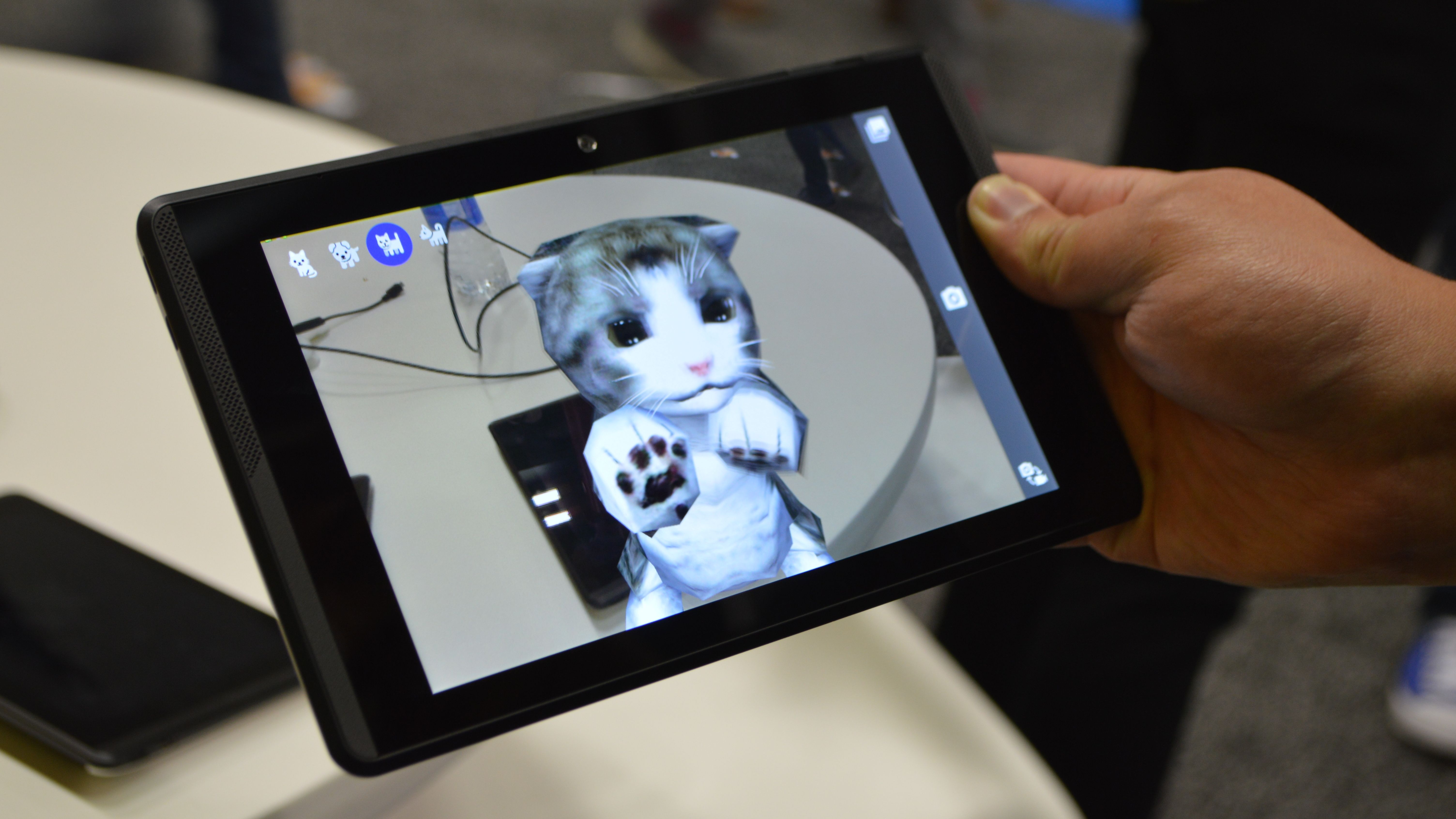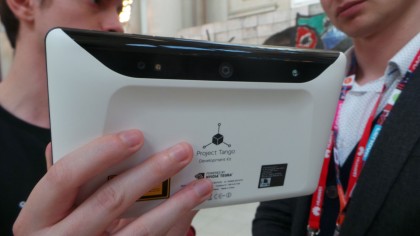Project Tango: everything you need to know

Update: Google's Tango project is about map your entire world with depth sensing and create an augmented reality (AR) overlay thanks to the new Lenovo Phab 2 Pro phone.
Phab 2 Pro is the very first "Project Tango" phone and while the large-sized handset was announced today, Lenovo and Google started working on it in January of 2015.
What is Tango exactly? Its AR features can enhance your everyday life, according to Lenovo, which says that AR and VR are about to boom in the next five years. But before that happens, both need to become relevant and meaningful. The features of Tango are supposed to disappear in the background of your everyday life.
Tango is supposed to make this happen with the ability to go beyond simple navigation via Google Maps. It's meant to understand the room you're inside in three ways: motion tracking, depth perception and area learning.
It could have a profound impact on designing and measuring prototypes virtual object while stan standing in a real-world environment. The phone was used like a window to accurately size up adding furniture to a room.
Of course, Lenovo and Google also had some fun with Tango's augmented reality capabilities, throwing a massive T-Rex onto the Lenovo Tech World stage and playing dominos on a nearby table and watching them all fall over (with some good laughs.
The Phab 2 Pro has a 6.4-inch quad HD display and 8MP and 16MP cameras, a depth camera and motion tracking camera. It not only has Dolby Atmos speakers, but it's and the first smartphone to record Dolby 5.1 audio.
Sign up for breaking news, reviews, opinion, top tech deals, and more.
The phone dimensions are large, but so is the battery. It has a huge 4,050mAh battery capacity. As far as software goes, it'll have a rear fingerprint sensor and new one-hand usage mode.
The Phab 2 Pro release date is September in the US and the price is $499 (about £ 345, AU$672) unlocked. You'll be able to find it at Best Buy.
Previous story
You may have heard the words Project Tango said together over the last few years, but never fully understood what it means. Let's give you better directions.
Tango is a new technology made by Google to help your smartphone or tablet detect where exactly it is in a room without having to use GPS or other outside signals.
It may not sound like the most revolutionary technology, but it may be a game changer for the way we navigate around the world and open up indoor navigation on mobile devices for the very first time.
Even NASA has tested out the technology at the International Space Station, on autonomous robots that sometimes travel outside of the space ships and everything.
Cut to the chase
- What is it? A brand new room scanning technology
- When is it out? Out now for developers, Summer 2016 for phones
- What will it cost? Nothing – it will be part of your smartphone or tablet
Project Tango: what does it do?
Project Tango is a new way of identifying where your phone is without using GPS technology or any other external signals. It's all done by your phone itself, using sensors paired with the Tango specific camera on your phone.

It means indoor navigation is now possible on a phone or tablet – something we've never seen done of mobile devices. Google Maps could really be everywhere soon.
It'll also make 3D mapping easier than ever before as well as measuring up physical spaces. On top of that it will be a big step in the right direction for augmented reality and 3D worlds.
Project Tango: how does it work?
Three types of technology are used to make Project Tango and the first is motion-tracking. It'll use the camera to track the visuals of the environment as well as the accelerometer and gyroscope data to track where you are in a room.
If you move, Project Tango will know where and how you've moved.
Second is area learning, where Project Tango will take information it has had in the past and enhance it with other elements such as notes or points of interest in a location.

James is the Editor-in-Chief at Android Police. Previously, he was Senior Phones Editor for TechRadar, and he has covered smartphones and the mobile space for the best part of a decade bringing you news on all the big announcements from top manufacturers making mobile phones and other portable gadgets. James is often testing out and reviewing the latest and greatest mobile phones, smartwatches, tablets, virtual reality headsets, fitness trackers and more. He once fell over.